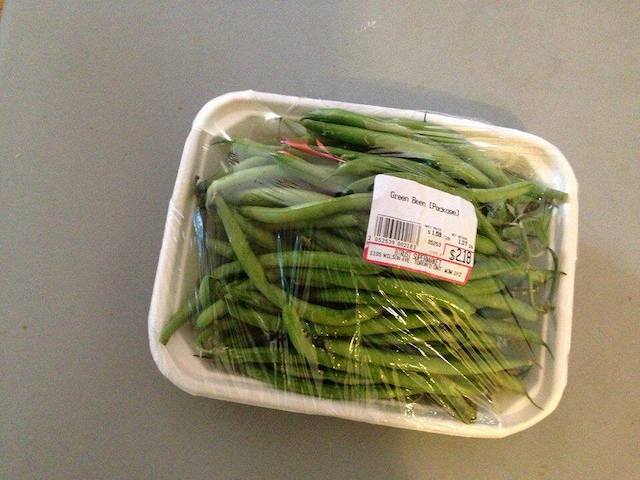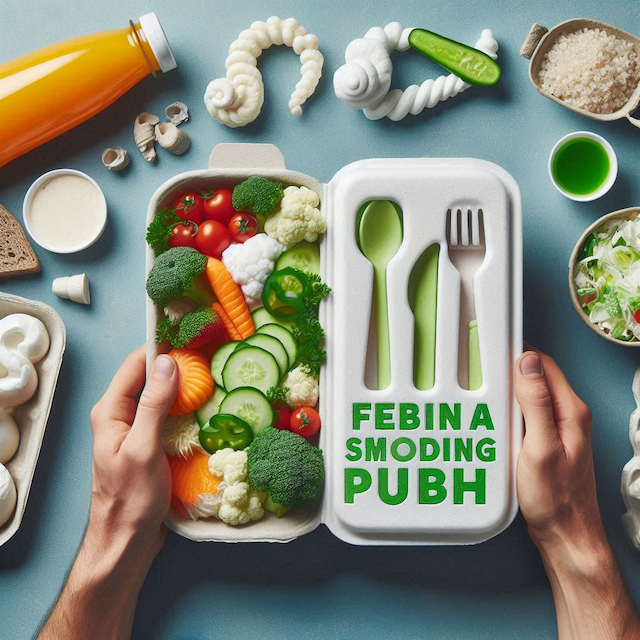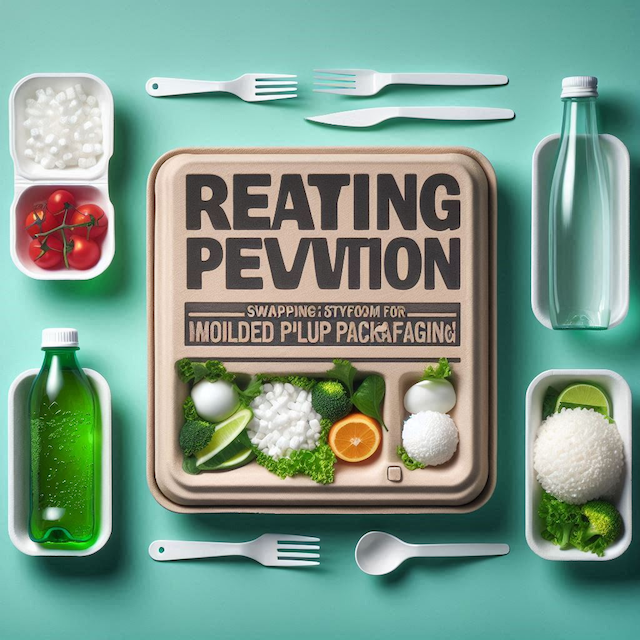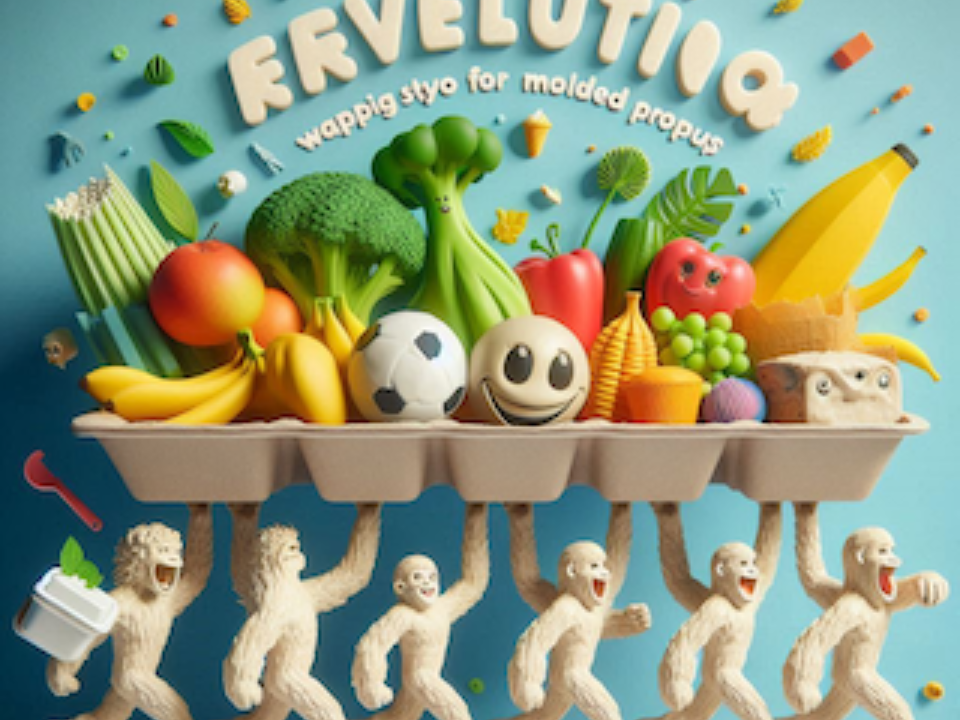Table of Contents
- Introduction
- Understanding Polystyrene (Styrofoam) and Its Environmental Impact
2.1 What is Polystyrene?
2.2 Environmental Concerns
2.3 Health Risks Associated with Styrofoam - Molded Pulp: A Sustainable Alternative
3.1 What is Molded Pulp?
3.2 Types of Molded Pulp Materials
3.3 Manufacturing Process - Key Benefits of Replacing Styrofoam with Molded Pulp
4.1 Biodegradability and Compostability
4.2 Renewable Resource Usage
4.3 Reduced Carbon Footprint
4.4 Improved Recycling Rates
4.5 Elimination of Chemical Leaching
4.6 Cost-Effectiveness - Industries Benefiting from the Switch to Molded Pulp
5.1 Food Service and Packaging
5.2 Electronics and Consumer Goods
5.3 Healthcare and Pharmaceuticals - Challenges and Considerations in Adopting Molded Pulp
6.1 Initial Investment Costs
6.2 Performance in Certain Applications
6.3 Consumer Education and Acceptance - Case Studies: Successful Transitions to Molded Pulp Packaging
- Future Outlook: Innovations in Sustainable Packaging
- Conclusion
- FAQs
1. Introduction
In today’s world, sustainability is more than just a buzzword—it’s a driving force that’s reshaping industries. One area seeing major change is packaging, with companies moving away from harmful materials like Styrofoam and embracing greener options. Molded pulp containers are leading the charge as a sustainable alternative, offering a solution that’s both eco-friendly and cost-effective. In this article, we’ll dive into why swapping Styrofoam for molded pulp is not only better for the planet but also makes good business sense.
2. Understanding Polystyrene (Styrofoam) and Its Environmental Impact
2.1 What is Polystyrene?
Polystyrene is a versatile plastic polymer derived from petroleum. Its expanded form, known as Styrofoam, has been widely used in packaging due to its lightweight nature, insulation properties, and low production costs. However, these short-term benefits come at a significant long-term environmental cost.

2.2 Environmental Concerns
The environmental impact of Styrofoam is substantial and multifaceted:
- Non-biodegradability: Styrofoam can persist in the environment for hundreds of years.
- Marine pollution: It often breaks down into microplastics, contaminating waterways and harming marine life.
- Landfill overflow: Due to its low recycling rates, Styrofoam occupies significant landfill space.
- Greenhouse gas emissions: The production of Styrofoam releases harmful greenhouse gases.
| Environmental Issue | Impact of Styrofoam |
|---|---|
| Biodegradability | 500+ years |
| Marine pollution | High risk of microplastic formation |
| Landfill usage | Significant volume due to low density |
| Carbon footprint | High emissions during production |
2.3 Health Risks Associated with Styrofoam
Beyond environmental concerns, Styrofoam poses potential health risks:
- Chemical leaching: Styrene, a possible carcinogen, can leach into food and beverages.
- Toxic fumes: When heated or burned, Styrofoam releases harmful chemicals.
- Endocrine disruption: Some components of Styrofoam may interfere with hormone function.
3. Molded Pulp: A Sustainable Alternative
3.1 What is Molded Pulp?
Molded pulp, also known as molded fiber, is a packaging material made from recycled paper or plant fibers. It offers a sustainable alternative to Styrofoam, addressing many of the environmental and health concerns associated with plastic packaging.
3.2 Types of Molded Pulp Materials
Molded pulp can be produced from various renewable resources:
- Recycled paper and cardboard
- Agricultural residues (e.g., wheat straw, sugarcane bagasse)
- Bamboo fibers
- Wood pulp
3.3 Manufacturing Process
The production of molded pulp containers involves the following steps:
- Pulping: Raw materials are mixed with water to create a slurry.
- Molding: The slurry is shaped using custom molds.
- Drying: Excess water is removed through heat and pressure.
- Finishing: Optional treatments for enhanced performance or aesthetics.
This process is significantly less energy-intensive than Styrofoam production, contributing to its lower environmental impact.

4. Key Benefits of Replacing Styrofoam with Molded Pulp
4.1 Biodegradability and Compostability
One of the most significant advantages of molded pulp over Styrofoam is its biodegradability. While Styrofoam can persist in the environment for centuries, molded pulp containers typically decompose within 2-6 months in industrial composting facilities. This rapid biodegradation significantly reduces the long-term environmental impact of packaging waste.
4.2 Renewable Resource Usage
Molded pulp utilizes renewable resources, often incorporating recycled materials or agricultural byproducts. This circular approach to material sourcing contrasts sharply with the petroleum-based production of Styrofoam, contributing to resource conservation and sustainability.
4.3 Reduced Carbon Footprint
The production of molded pulp containers generally has a lower carbon footprint compared to Styrofoam:
- Lower energy consumption during manufacturing
- Reduced transportation emissions due to lighter weight
- Carbon sequestration potential when using plant-based fibers
4.4 Improved Recycling Rates
Unlike Styrofoam, which is notoriously difficult to recycle, molded pulp can often be recycled along with paper products. This ease of recycling leads to higher recycling rates and reduced waste in landfills.
4.5 Elimination of Chemical Leaching
Molded pulp containers are free from the chemical leaching concerns associated with Styrofoam. This makes them a safer choice for food packaging, protecting consumer health and reducing potential liability for food service businesses.
4.6 Cost-Effectiveness
While the initial cost of molded pulp containers may be higher than Styrofoam, several factors contribute to their long-term cost-effectiveness:
- Reduced disposal costs due to composting or recycling options
- Potential savings on regulatory compliance in areas with Styrofoam bans
- Enhanced brand image leading to customer loyalty and increased sales

5. Industries Benefiting from the Switch to Molded Pulp
5.1 Food Service and Packaging
The food service industry stands to gain significantly from adopting molded pulp packaging:
- Takeaway containers
- Disposable plates and bowls
- Egg cartons
- Fruit trays
5.2 Electronics and Consumer Goods
Molded pulp provides excellent protection for fragile items:
- Smartphone and tablet packaging
- Protective inserts for appliances
- Cosmetics packaging
5.3 Healthcare and Pharmaceuticals
The healthcare sector can benefit from the sterile and customizable nature of molded pulp:
- Medical device packaging
- Pharmaceutical trays
- Disposable bedpan liners
6. Challenges and Considerations in Adopting Molded Pulp
6.1 Initial Investment Costs
Switching to molded pulp may require initial investments in new packaging machinery and design. However, these costs are often offset by long-term savings and improved brand perception.
6.2 Performance in Certain Applications
While molded pulp excels in many areas, it may not be suitable for all applications that currently use Styrofoam. For instance, hot liquid resistance and certain insulation properties may require additional treatment or alternative solutions.
6.3 Consumer Education and Acceptance
Educating consumers about the benefits of molded pulp and addressing any misconceptions is crucial for widespread adoption. Clear labeling and marketing campaigns can help overcome this challenge.
7. Case Studies: Successful Transitions to Molded Pulp Packaging
- IKEA: The furniture giant successfully replaced Styrofoam with molded pulp in its packaging, reducing waste and improving its sustainability profile.
- Dell: The computer manufacturer adopted molded pulp packaging for its products, significantly reducing its environmental impact.
- Eco-Products: This company has built its entire business model around sustainable foodservice packaging, including molded pulp alternatives to Styrofoam.

8. Future Outlook: Innovations in Sustainable Packaging
The field of sustainable packaging continues to evolve, with ongoing research into:
- Enhanced barrier properties for molded pulp
- Integration of active and intelligent packaging features
- Development of new bio-based materials
These innovations promise to further expand the applications and benefits of molded pulp packaging.
9. Conclusion
Switching from Styrofoam to molded pulp containers marks a crucial advancement in the pursuit of sustainable packaging. Molded pulp, with its biodegradability, reliance on renewable resources, and lower environmental impact, presents a strong alternative to traditional plastic options. While there are challenges in broad adoption, the long-term advantages for businesses, consumers, and the planet make this change not only desirable but essential. As we work towards a more sustainable future, replacing Styrofoam with molded pulp is a clear example of how innovative solutions can tackle urgent environmental issues while fulfilling real-world packaging demands.
10. FAQs
- Q: Is molded pulp more expensive than Styrofoam?
A: Initially, molded pulp may have a higher unit cost, but long-term savings in disposal and potential regulatory compliance often make it cost-effective. - Q: Can molded pulp containers be used for hot foods?
A: Many molded pulp containers are suitable for hot foods, but it’s important to check the specific product specifications for temperature resistance. - Q: How long does it take for molded pulp to decompose?
A: In industrial composting conditions, molded pulp typically decomposes within 2-6 months. - Q: Are there any foods that shouldn’t be stored in molded pulp containers?
A: Molded pulp is generally safe for most foods, but very oily or acidic foods may require containers with additional barrier properties. - Q: Can molded pulp packaging be recycled?
A: Yes, most molded pulp packaging can be recycled with paper products, but it’s best to check local recycling guidelines.







